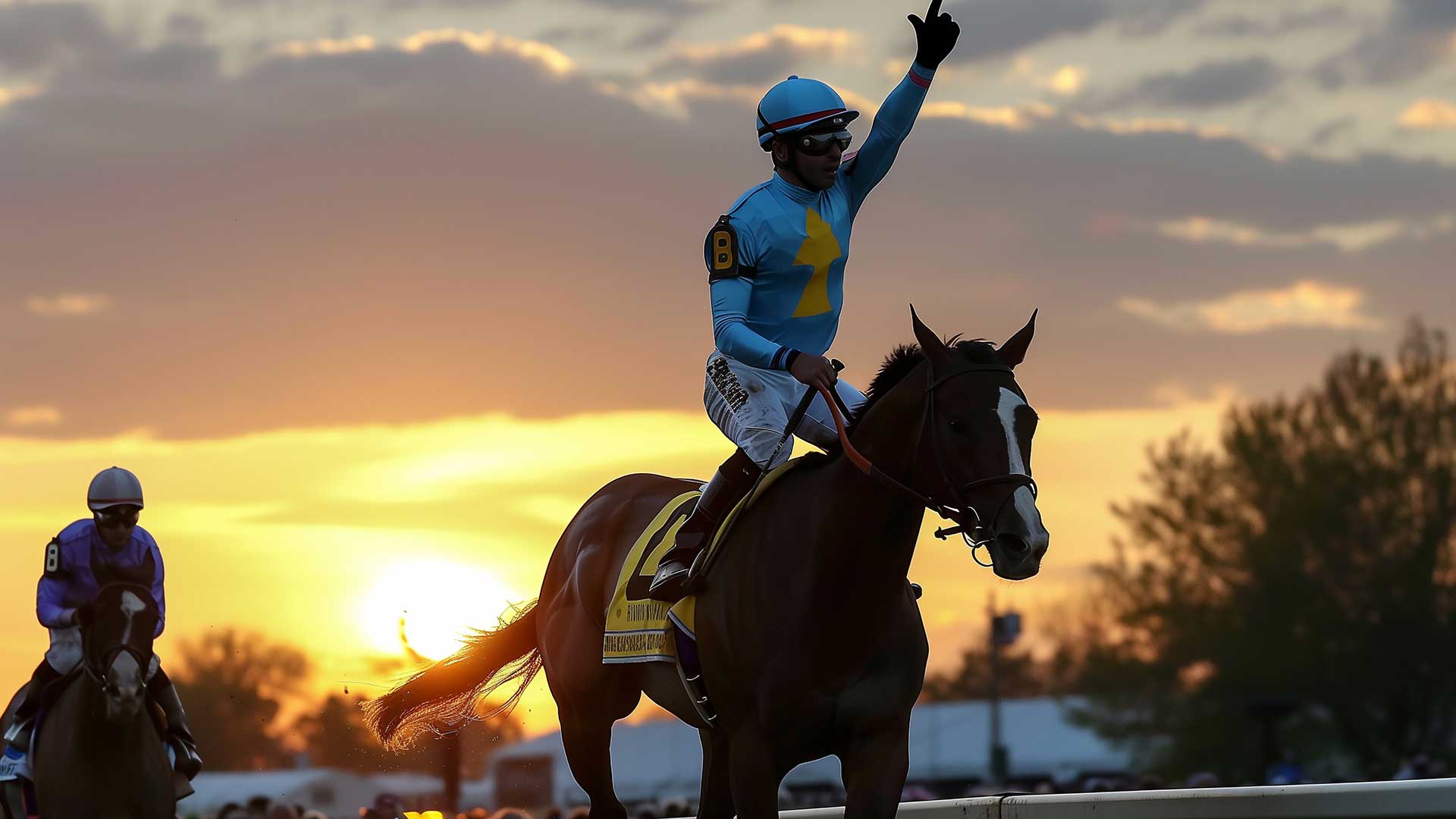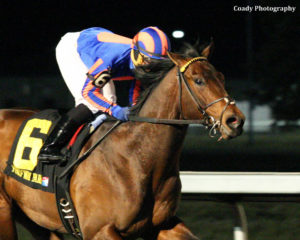When the horses cross the finish line and the cheers from the crowd start to fade, the action isn’t quite over. The post-race period is packed with key moments that influence future races, determine winners, and celebrate the sport. To fully appreciate horse racing, understanding the essential post-race terms is crucial.
In this blog, we’ll explore the most important post-race terms, giving you the knowledge to follow the action all the way through to the winner’s circle.
1. Winner’s Circle
Once the race is over, the winning horse and jockey make their way to the Winner’s Circle. This is a special area of the track where they’re officially acknowledged, celebrated, and often photographed with the horse’s owners and trainers. It’s a symbol of victory and prestige, and you’ll see it after every race.
2. Payout
If you placed a bet on the winning horse, this is the moment you’ve been waiting for. The payout refers to the money you’ll receive based on the odds and the type of bet you placed. For example, a “win” bet has higher payouts than a “place” or “show” bet. Payouts are usually displayed on large boards after the race, so keep an eye out if you have a winning ticket.
3. Stewards’ Inquiry
Sometimes, the results of a race aren’t final as soon as the horses cross the finish line. A stewards’ inquiry is an official review of the race, often triggered by interference, foul play, or other rule violations during the race. Stewards, who are officials overseeing the race, review video footage and assess whether any horses or jockeys should be penalized, disqualified, or have their finishing positions altered.
4. Photo Finish
When two or more horses finish a race incredibly close together, it can be difficult to determine the winner just by watching. A photo finish uses high-speed cameras to capture the exact moment horses cross the finish line. This image is reviewed to determine the official order of finish, and the winner is declared accordingly.
5. Dead Heat
In some cases, even after reviewing the photo finish, it can be impossible to determine a single winner. This is called a dead heat, where two horses are declared to have finished at the exact same time. In a dead heat, the prize money and any related payouts are usually divided between the winners.
6. Disqualification (DQ)
Sometimes, a horse is disqualified after the race for not following the rules, such as interfering with another horse during the race. When a disqualification occurs, the horse is either removed from the official results or demoted to a lower finishing position. This can dramatically impact betting payouts, as the new official placements will dictate which bets win.
7. Claiming Race Results
In claiming races, where horses are for sale before the race begins, the post-race period includes verifying any purchases. Owners or trainers who placed a “claim” on a horse will officially take ownership of the horse after the race. These results are often noted in post-race summaries.
8. Official Results
After any inquiries and photo finishes have been resolved, the race’s official results are posted. These results confirm the order of finish for all horses, as well as the final payouts for bettors. Once results are official, no further challenges can alter the outcome, and winning tickets can be cashed in.
9. Paddock Inspection
After a race, horses are often led back to the paddock for post-race inspections. These inspections check the condition of the horse, ensuring they are healthy and didn’t sustain any injuries during the race. It’s also a time for trainers and veterinarians to evaluate the horse’s performance and plan for future races.
10. Jockey Weigh-In
To ensure fairness, jockeys must weigh in before and after a race. Post-race, jockeys return to the weigh-in area to confirm they maintained the correct weight during the race. If a jockey is found to be too light, their horse could be disqualified.
11. Track Condition Report
After a race, the track condition may be re-evaluated, especially if the weather has changed throughout the day. A track condition report is provided for upcoming races to inform jockeys, trainers, and bettors of any changes that could affect performance. Terms like “fast,” “muddy,” or “sloppy” might appear in these reports.
12. Race Replay
Many race tracks provide video race replays for fans and bettors to watch after the event. These replays are useful for reviewing the race, especially if you’re analyzing horses and jockeys for future bets. Watching the replay gives you deeper insights into a horse’s performance and strategy used by the jockey.
Final Thoughts
The excitement of horse racing doesn’t end when the race is over. By understanding these key post-race terms, you can follow the full journey—from the thrill of the finish line to the final declaration of results. Whether you’re betting, watching as a fan, or exploring the sport for the first time, knowing what happens after the race adds a whole new layer to your horse racing experience.
Stay sharp and enjoy the full spectacle of the sport!





